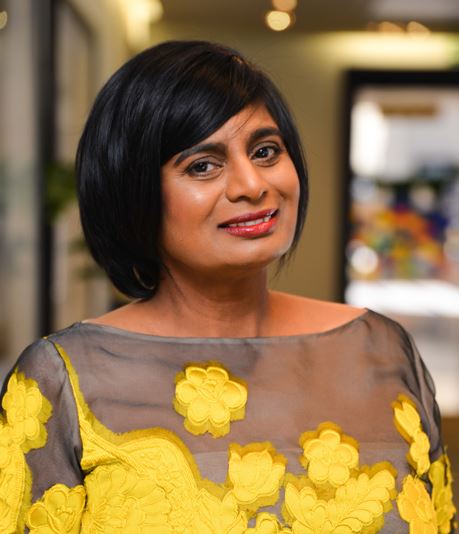Business Day International Women’s Day
Creating Equal Opportunity
The Employment Equity Act was introduced in South Africa in 1998 and 21 years later gender parity in the workplace is still not the norm. Despite robust legislation, women continue to face challenges in advancing their careers in corporate South Africa. While research has consistently shown the value that gender diversity brings to companies, women in senior leadership are still scarce. Often this scarcity can filter down to the rest of the workforce resulting in largely male-dominated workplaces. In many instances, women are progressing, but are being gently earmarked for support positions instead of core positions at senior level.
So how do we change this dynamic? How do we ensure there is a pipeline of women to fill senior positions? To change the dynamics we need to point out some of the factors that are hindering women’s career progression. These factors vary from how women manage their own careers to archaic recruitment practices and organisation’s HR and business strategies.
Play the game
I am a strong believer that the best person to advance your career is you. The primary difference between how men and women operate at work is that men put themselves forward, be it in meetings or for senior positions, and they strategically network and plan their career paths. They play the game. Women, unfortunately, are socialised to get the necessary qualifications, work hard and keep their heads down. While working hard is an important virtue, it does not always get you noticed by people in positions to advance your career.
An important part of up-skilling yourself is to understand your competencies and to have a very clear idea of what you want out of your career. Be aware of the best practices in your field, the challenges facing your sector/profession and its future. Put yourself forward for the positions you want. It may be that you do not have the experience, but you have the competencies, this should not deter you from trying. Push your boundaries, you may not be successful the first time, but perseverance pays off.
The business case for gender diversity
For diversity to take place, organisations need to make it a priority and part of the company’s DNA. That means gender diversity strategies from human resources to company policies need to be embedded and practised. But, it also needs to make business sense and not be a knee-jerk reaction to legislation. To up-skill women, organisations need to make their HR recruitment processes gender neutral, understand the types of experiences the organisation requires for senior roles and seek to broaden the criteria to be considered for such roles.
Companies should also actively encourage the use of sponsorship to promote women to senior positions. This should be considered at various levels right up to board positions. Women should be encouraged and sponsored to apply for core positions rather than support positions.
Mentorship programmes are also a critical component of up-skilling women, but the programmes need to be suitable for the environment in which women work and aligned with their aspirations.
In terms of leadership or industry-specific courses, companies need to ensure they are gender neutral with the focus on up-skilling competencies. Too often companies take the route of women leadership courses which do not focus on competencies, but rather on attributes like confidence or time management, which are gender biased.
At Business Engage, we offer corporates the support of best practices in gender mainstreaming and a number of programmes that support women to reach their potential in senior management or at board level, notes Larson.
In conclusion, “mentorship programmes are also a critical component of up-skilling women, but the programmes need to be suitable for the environment in which women work and aligned with their aspirations”.






 Sign-up and receive the Business Media MAGS newsletter OR SA Mining newsletter straight to your inbox.
Sign-up and receive the Business Media MAGS newsletter OR SA Mining newsletter straight to your inbox.